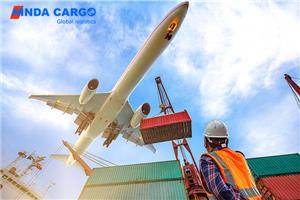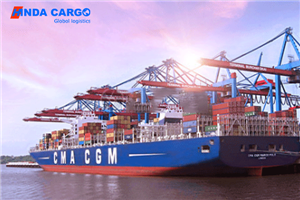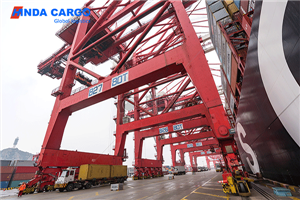How to handle the safety issues of cargo ships from China to Guam?
Maritime freight plays a crucial role in international trade, and the cargo ship route from China to Guam is also a part of it. Ensuring the safe transportation of goods on this route is the primary task of freight forwarding companies and ship owners. The following will explore how to address the safety issues of cargo ships from China to Guam to ensure cargo safety, crew safety, and environmental protection.
1. Ship selection and maintenance:
Choosing a suitable cargo ship is crucial. Cargo ships must comply with international maritime standards and regulations, and have appropriate ship certificates and permits. The mechanical equipment, communication system, and safety equipment of the ship must be regularly maintained and inspected to ensure normal operation. At the same time, ensure that the cargo ship is equipped with an appropriate number and type of life-saving equipment to respond to emergency situations.
2. Packaging and Handling of Goods:
The packaging and handling of goods are also important links to ensure the safety of cargo ships. The goods must be properly packaged to prevent damage, leakage, or other issues. Especially for hazardous and flammable materials, international regulations must be followed and additional safety measures must be taken.
3. Crew training:
Crew members must receive appropriate training to understand the nature and hazards of the cargo in order to respond to emergency situations and handle the cargo. The training should also include fire response, the use of life-saving equipment, and emergency evacuation plans.
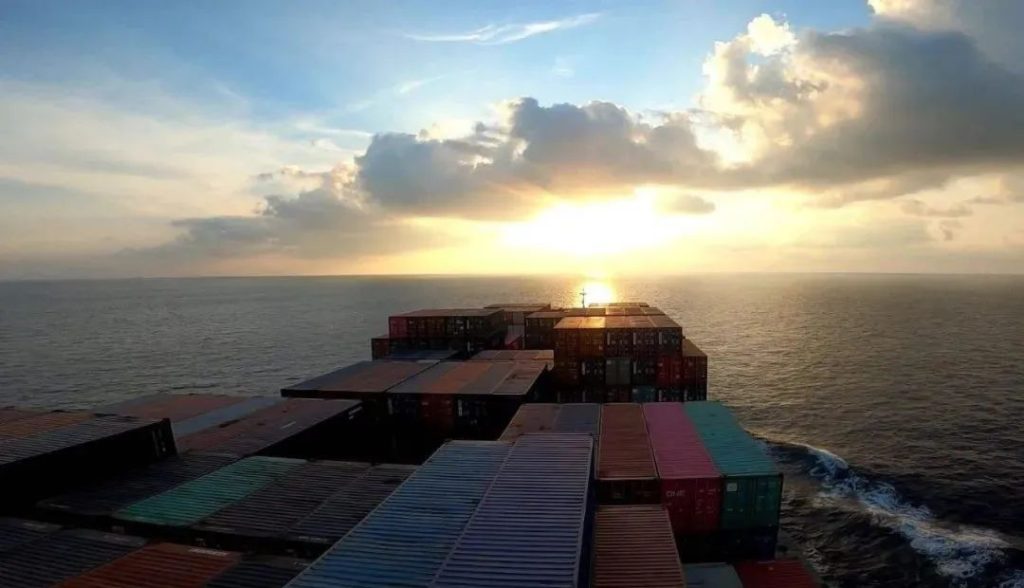
4. Compliance with regulations:
Compliance with international maritime regulations and safety standards is an important part of ensuring the safety of cargo ships. The cargo ship must comply with the requirements of the classification society to ensure its seaworthiness and structural integrity. In addition, cargo ships must also comply with relevant regulations on ships and cargo loading.
5. Navigation and communication:
Cargo ships must have appropriate navigation equipment to ensure safe navigation on the route. This includes GPS systems, radar, automatic identification systems (AIS), etc. At the same time, the communication system must also be complete to maintain contact with port authorities and other vessels.
6. Preventive measures:
Developing preventive measures and emergency plans for emergency situations and accidents is essential. Ships must be equipped with fire and leakage response equipment, as well as appropriate firefighting equipment. In addition, emergency evacuation plans and rescue measures must also be in place.
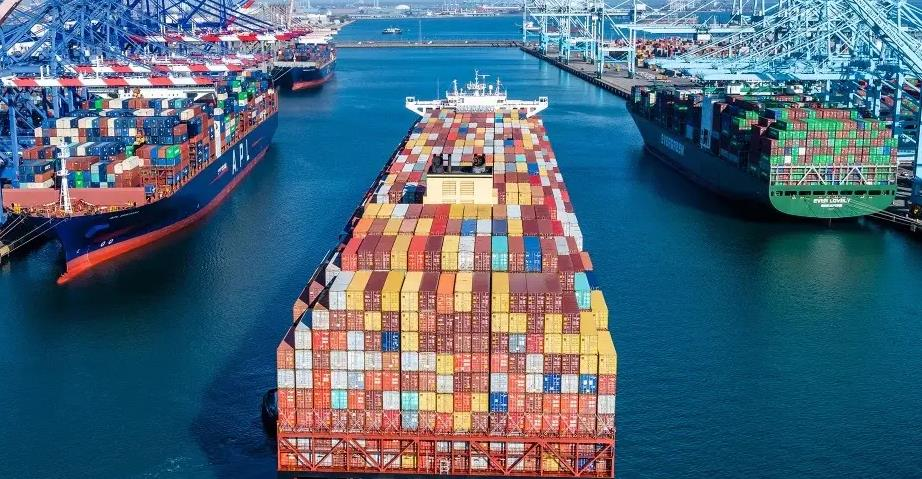
7. Collaborate with local authorities:
When cargo ships arrive at the port of Guam, they must cooperate with local port authorities, maritime agencies, and customs to ensure the smooth unloading and handling of goods. Understand local regulations and procedures to ensure compliance when goods arrive.
Overall, the safety issues of cargo ships from China to Guam require multifaceted efforts and close cooperation. Freight forwarding companies and ship owners must make efforts in ship selection, cargo handling, crew training, maintenance, navigation, compliance with regulations, preventive measures, and cooperation with local authorities to ensure the safe and timely arrival of goods on Guam, while protecting the safety of crew and the environment. Only through the consideration of these comprehensive measures can the safe and efficient transportation of cargo ships be achieved.


